The Blockchain Privacy Paradox: Why We Need a Better Solution
Imagine you’re buying a coffee. You tap your card, the transaction goes through, and that’s it. You don’t broadcast your entire bank balance to the barista, the other customers, and everyone walking by on the street. That would be insane, right? Yet, in the world of many public blockchains like Bitcoin and Ethereum, that’s almost exactly what happens. Every transaction is recorded on a public, immutable ledger for all to see. While this transparency is a feature—it builds trust without a middleman—it’s also a massive privacy nightmare. This is the blockchain privacy paradox. So, what are ZK-Proofs and how do they fix this fundamental problem? Let’s break it down.
Zero-Knowledge Proofs, or ZK-Proofs, sound like something out of a science fiction novel. They’re a cryptographic method that allows one party (the Prover) to prove to another party (the Verifier) that a specific statement is true, without revealing any information beyond the validity of the statement itself. It’s like saying, “I know the secret password to open this door,” and proving it by opening the door, but without ever telling you the password. It’s a magic trick, but the magic is just incredibly advanced mathematics.
Key Takeaways
- ZK-Proofs allow for verification without revelation. You can prove you know something or meet a condition (e.g., have enough funds) without revealing the underlying data (e.g., your total account balance).
- They solve blockchain’s privacy problem. ZK-Proofs enable confidential transactions on public ledgers, shielding sensitive financial data from public view.
- They are a game-changer for scalability. Technologies like ZK-Rollups use proofs to bundle thousands of transactions, processing them off-chain and posting a single, tiny proof on-chain, drastically reducing fees and congestion.
- There are different types, mainly zk-SNARKs and zk-STARKs. Each has its own set of trade-offs regarding proof size, speed, and security assumptions.
The Core Concept: A Digital Game of Hide-and-Seek
To really get a feel for ZK-Proofs, let’s ditch the heavy math for a moment and use a classic analogy: the Cave of Ali Baba. Imagine a circular cave with a single entrance and a magic door deep inside that connects the two paths. To open the magic door, you need a secret phrase.
You (the Prover) want to prove to your friend, Peggy (the Verifier), that you know the secret phrase, but you don’t want to tell her what it is. Here’s how you do it:
- Peggy stands outside the cave entrance.
- You walk into the cave and take either the left or right path. Peggy doesn’t know which one you chose.
- Peggy then walks to the entrance and shouts, “Come out of the right path!”
Now, if you originally went down the left path, you’ll need the secret phrase to open the magic door and emerge from the right. If you went down the right path, you can just walk back out. If you can successfully emerge from the requested path, you’ve just proven you could have opened the door. But wait, you had a 50/50 chance of guessing correctly! That’s not a very good proof.
So, you repeat the process. And again. And again. After 20 successful attempts, the odds of you just getting lucky are over a million to one. At this point, Peggy can be statistically certain that you know the secret phrase, yet you have revealed absolutely zero information about what that phrase actually is. That, in a nutshell, is the logic behind a Zero-Knowledge Proof.

The Prover and The Verifier: The Two Key Roles
In any ZK-Proof system, there are two main actors:
- The Prover: This is the entity that wants to prove a statement is true. They possess the secret information (the “witness”) and use it to generate a cryptographic proof. In our analogy, you were the Prover with the secret phrase.
- The Verifier: This is the entity that checks the proof. They can run a computation on the proof to confirm its validity without ever needing to see the secret information. Peggy was the Verifier.
The beauty is that the verification process is incredibly fast and efficient, even if the statement being proven is enormously complex.
The Three Magic Properties
For a system to be a true ZK-Proof, it must satisfy three critical properties:
- Completeness: If the statement is true, an honest Prover can always convince an honest Verifier. If you really know the password, you’ll always be able to exit the correct path in the cave.
- Soundness: If the statement is false, a dishonest Prover cannot convince an honest Verifier (except with a very, very small probability). If you don’t know the password, you will eventually be caught when Peggy asks you to exit the path you didn’t enter. The system is secure.
- Zero-Knowledge: The Verifier learns nothing other than the fact that the statement is true. Peggy walks away convinced you know the secret, but she has no clue what it is. This is the privacy-preserving core of the technology.
So, What Are ZK-Proofs’ Killer Apps for Blockchain?
Okay, the theory is cool, but why is everyone from Vitalik Buterin to the biggest venture capitalists so excited about this technology? Because it directly addresses blockchain’s two most significant hurdles: privacy and scalability.
Solving the Privacy Paradox
As we mentioned, public blockchains are… well, public. Your transaction history is an open book. This is a non-starter for businesses that need to protect commercial secrets, or for individuals who simply don’t want their entire financial life exposed. ZK-Proofs change the game completely. Projects like Zcash use a type of ZK-Proof called a zk-SNARK to create “shielded transactions.” You can send and receive cryptocurrency without revealing the sender, receiver, or amount on the public blockchain. The network can verify that the transaction is valid (no double-spending, no creating money from thin air) without ever seeing the sensitive details. It’s the best of both worlds: public verifiability with private data.
Supercharging Scalability with ZK-Rollups
One of the biggest complaints about Ethereum is its high gas fees and slow transaction times. The network can only handle so much traffic. This is where ZK-Rollups come in. They are a Layer 2 scaling solution that moves computation and state storage off-chain.
Here’s how it works in simple terms:
- A rollup operator bundles hundreds or even thousands of transactions together off-chain.
- They compute the result of all these transactions.
- Instead of posting every single transaction to the main Ethereum blockchain (which is slow and expensive), they generate a single, tiny ZK-Proof that cryptographically proves all the bundled transactions were valid.
- This small proof is then posted on-chain.
The main network only has to verify one simple proof instead of re-executing a thousand complex transactions. This is a massive leap forward in efficiency, allowing for dramatically higher throughput and lower fees for users. Think of it like a trusted accountant who checks 10,000 expense reports and then gives the CEO a single signed document saying, “I’ve checked them all, they’re correct.” The CEO trusts the signature (the proof) without having to re-check all 10,000 reports themselves.
A Tale of Two Proofs: SNARKs vs. STARKs
The ZK-Proof world isn’t monolithic. There are several different flavors of this cryptographic magic, but the two most prominent are zk-SNARKs and zk-STARKs. They both achieve the same goal, but with different trade-offs.

zk-SNARKs: The Speedy, But Trusted Setup
A zk-SNARK stands for Zero-Knowledge Succinct Non-Interactive Argument of Knowledge. Let’s break that down:
- Succinct: The proofs are incredibly small and quick to verify. This is their killer feature.
- Non-Interactive: The Prover and Verifier don’t need to engage in a back-and-forth conversation (like our cave example). The Prover just publishes a proof, and anyone can verify it.
However, SNARKs have one major asterisk: they require what’s called a “trusted setup.” In the initial creation of the system, a secret piece of data (often called “toxic waste”) is generated. This data is essential for creating the proofs. If this initial secret is not properly destroyed and falls into the wrong hands, that person could create false proofs and potentially steal funds. Modern systems use complex multi-party computation ceremonies with dozens or hundreds of participants to mitigate this risk, making it highly unlikely that the secret is ever compromised.
zk-STARKs: The Slower, But Trustless Titan
A zk-STARK stands for Zero-Knowledge Scalable Transparent Argument of Knowledge. Their key differences are:
- Scalable: They are more efficient when proving very large and complex computations.
- Transparent: This is the big one. STARKs do not require a trusted setup. All the information needed to generate and verify proofs is public, removing the security concern of “toxic waste.”
The trade-off? STARK proofs are significantly larger than SNARK proofs. This means they take up more space on the blockchain and can be more expensive to verify on-chain. Another huge benefit of STARKs is that they are believed to be resistant to attacks from quantum computers, making them a more future-proof technology.
Real-World Applications: Where is This Stuff Actually Used?
ZK-Proofs are moving from theoretical cryptography papers into live, impactful applications that are shaping the future of Web3.
Decentralized Identity (DID) and Verifiable Credentials
This might be one of the most powerful use cases. Imagine needing to prove you’re over 21 to enter a bar. Today, you show your driver’s license, which also reveals your name, address, date of birth, and more. With ZK-Proofs, you could have a digital credential from the government on your phone. You could then generate a proof that simply says “YES” to the question “Is this person over 21?” The bouncer’s device verifies the proof without ever seeing your actual birthdate or any other personal information. This extends to proving your creditworthiness without revealing your salary, or proving you have a degree from a university without sharing your transcript.
Secure and Private Voting
One of the holy grails of technology is a secure, anonymous, and verifiable online voting system. ZK-Proofs offer a potential solution. A system could be designed where each voter can generate a proof that they are an eligible voter and have cast a single, valid ballot. The system can count all the proofs to get a final tally, but no one can link a specific vote back to an individual voter, ensuring privacy, nor can anyone stuff the ballot box, ensuring integrity.
Compliance in Decentralized Finance (DeFi)
DeFi faces a huge challenge with regulatory compliance. How can you adhere to rules like Anti-Money Laundering (AML) while preserving user privacy? ZK-Proofs provide a path. A user could prove that their funds are not from a list of sanctioned addresses without revealing their entire transaction history to the protocol they are interacting with. This allows for compliance without creating a centralized surveillance state on the blockchain.
The Challenges and The Road Ahead
Despite the immense promise, the path to widespread ZK-Proof adoption isn’t without its bumps.
The Complexity Barrier
Let’s be honest: the underlying math is incredibly complex. It’s at the cutting edge of cryptography. This means the pool of developers who can build and audit these systems is still relatively small. A bug in a ZK circuit can have catastrophic security consequences, so the need for expertise is paramount.
Computational Costs
While verifying a proof is fast, *generating* one can be computationally intensive and time-consuming. It requires significant processing power, which can be a barrier for certain applications, especially those running on consumer devices like mobile phones. However, rapid advancements in hardware and software are quickly reducing these costs.
Conclusion: The Silent Revolution
Zero-Knowledge Proofs are not just a minor upgrade; they are a fundamental paradigm shift for digital interaction. They represent the key to unlocking a future that is both decentralized and private—a future where we can verify information without surrendering our data. From enabling scalable, low-cost transactions on Ethereum to building a new foundation for digital identity, ZK-Proofs are quietly powering a revolution. The road is still being built, and the technology is still evolving, but one thing is clear: the future of blockchain, and perhaps the internet itself, will be built on the elegant, powerful promise of proving everything while revealing nothing.
FAQ
Are ZK-Proofs completely unbreakable?
The security of ZK-Proofs relies on established cryptographic assumptions, similar to the rest of the cryptography that secures the internet today. While the underlying math is considered extremely strong, the security of a specific implementation depends on the code being free of bugs. zk-STARKs, in particular, are considered ‘future-proof’ as they are resistant to attacks from quantum computers, which could break some current forms of encryption.
Do I need to be a math genius to use ZK-Proofs?
Absolutely not! While the developers building the ZK-Proof systems are experts in advanced cryptography, the end-user experience is designed to be seamless. When you use a ZK-Rollup to make a transaction or a decentralized identity app to prove your age, the complex proof generation and verification happen in the background. As a user, you just experience a faster, cheaper, and more private way of interacting with the blockchain.



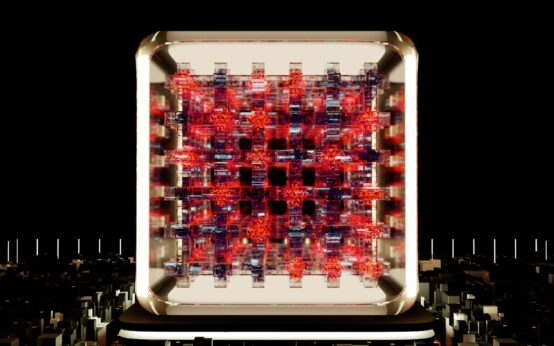 Backtest Crypto Trading Strategies: A Complete Guide
Backtest Crypto Trading Strategies: A Complete Guide  NFT Standards: A Cross-Chain Guide for Creators & Collectors
NFT Standards: A Cross-Chain Guide for Creators & Collectors 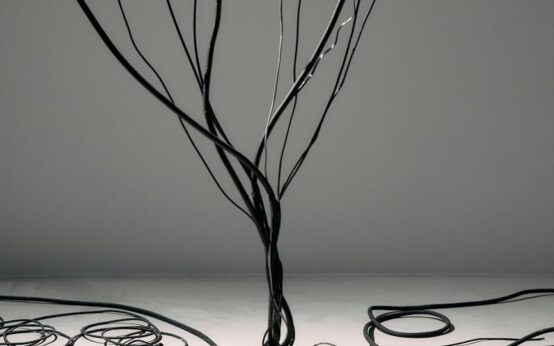 Decentralized Storage: IPFS & Arweave Explained Simply
Decentralized Storage: IPFS & Arweave Explained Simply 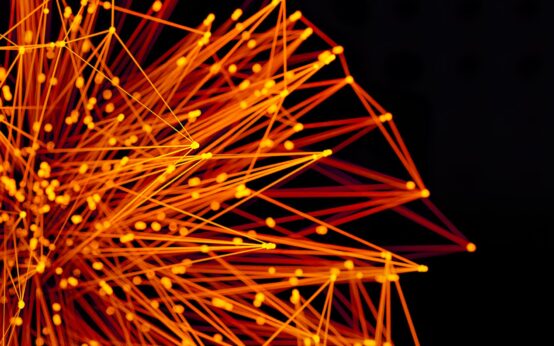 How to Calculate Cryptocurrency Taxes: A Simple Guide
How to Calculate Cryptocurrency Taxes: A Simple Guide 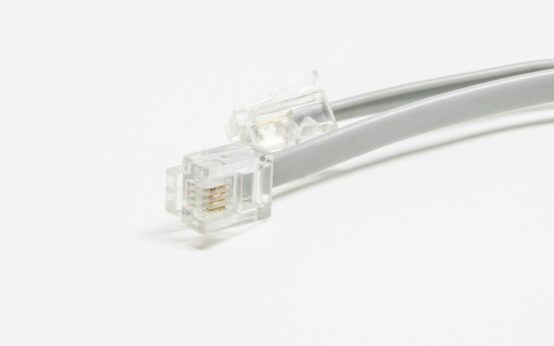 Your Guide to Music NFTs & Top Platforms for 2024
Your Guide to Music NFTs & Top Platforms for 2024  TradingView for Crypto: The Ultimate Trader’s Guide
TradingView for Crypto: The Ultimate Trader’s Guide 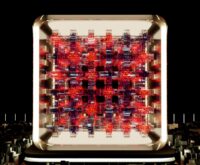 Backtest Crypto Trading Strategies: A Complete Guide
Backtest Crypto Trading Strategies: A Complete Guide  NFT Standards: A Cross-Chain Guide for Creators & Collectors
NFT Standards: A Cross-Chain Guide for Creators & Collectors  Decentralized Storage: IPFS & Arweave Explained Simply
Decentralized Storage: IPFS & Arweave Explained Simply  How to Calculate Cryptocurrency Taxes: A Simple Guide
How to Calculate Cryptocurrency Taxes: A Simple Guide 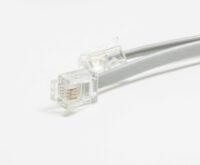 Your Guide to Music NFTs & Top Platforms for 2024
Your Guide to Music NFTs & Top Platforms for 2024  TradingView for Crypto: The Ultimate Trader’s Guide
TradingView for Crypto: The Ultimate Trader’s Guide